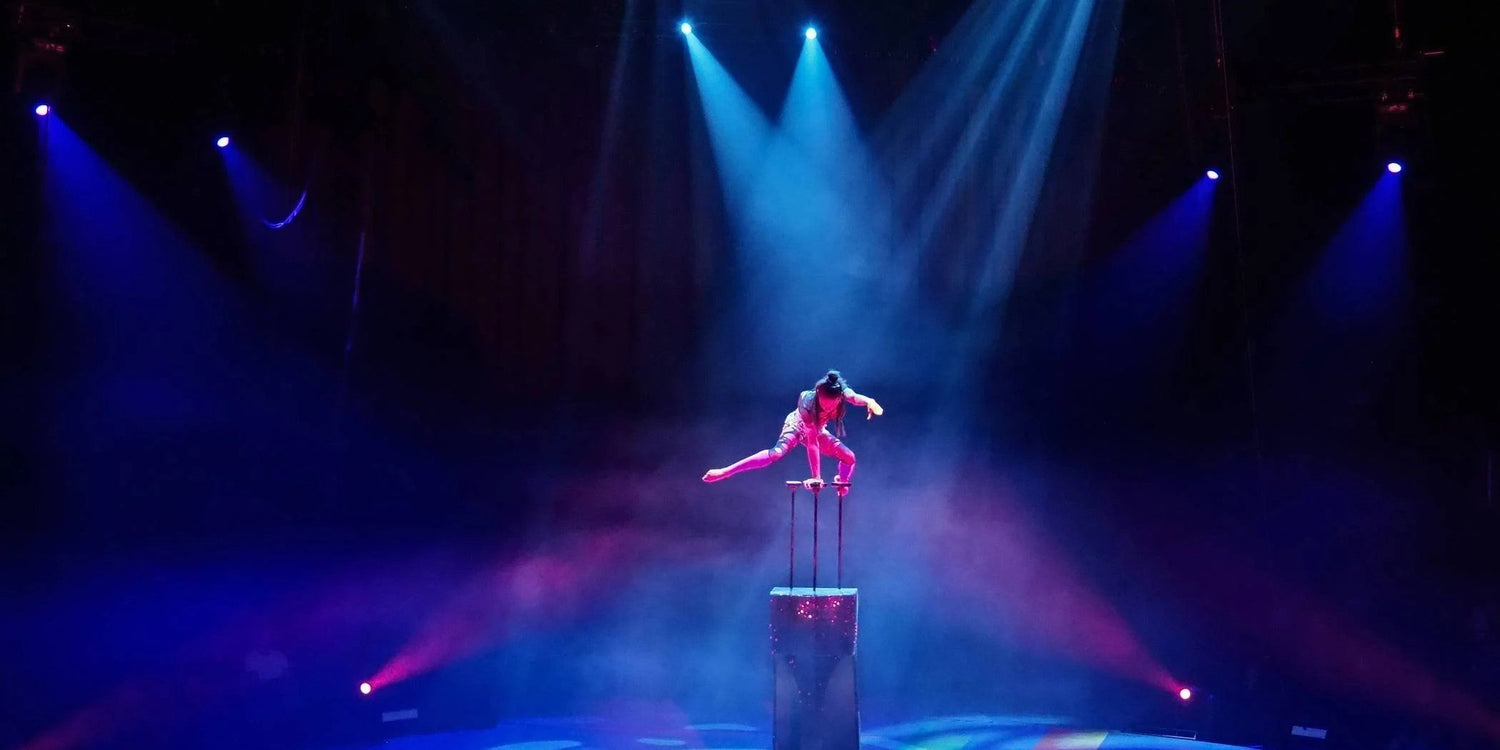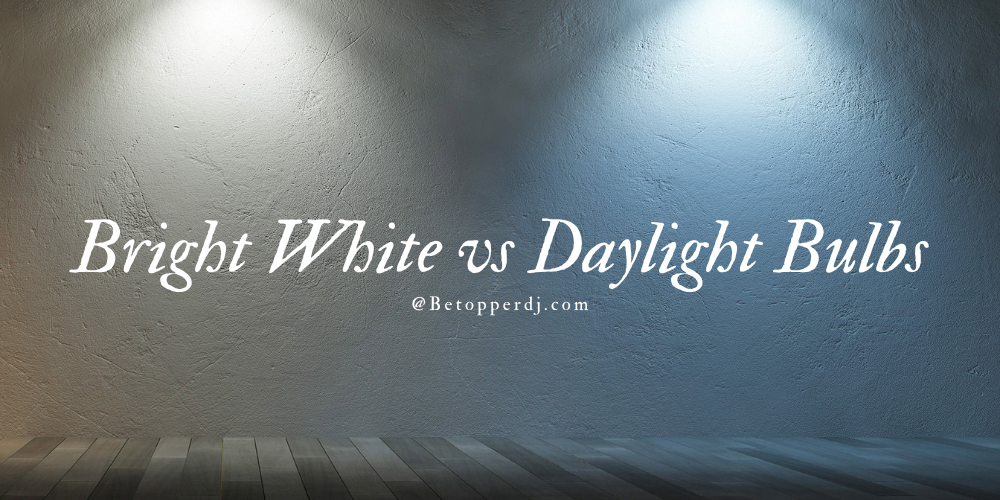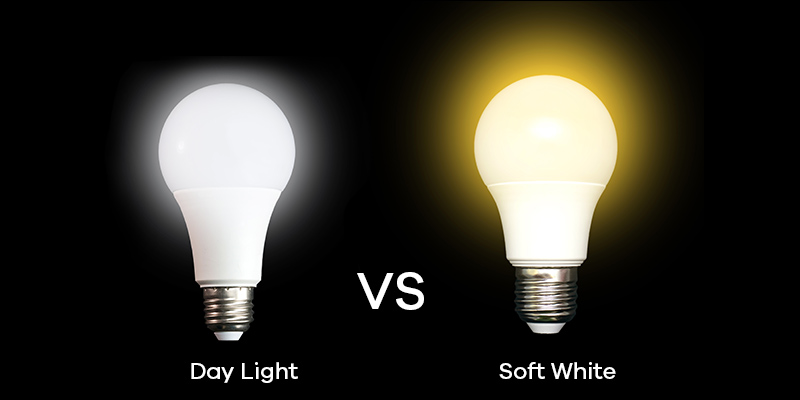El circo siempre ha sido un lugar de asombro y maravilla, un reino donde los acróbatas desafían la gravedad, los payasos provocan risas y las audaces hazañas mantienen al público en vilo. Pero tras las emocionantes actuaciones se esconde un elemento crucial que a menudo pasa desapercibido: las luces del escenario.
Iluminación del escenario No se trata solo de visibilidad; crea el ambiente, destaca a los artistas y da vida a todo el espectáculo. Desde un foco que sigue los elegantes movimientos de un acróbata hasta haces de luz de colores que transforman la arena en un vibrante paisaje onírico, la iluminación del escenario es esencial para crear la magia del circo.
Exploraremos cómo las luces del escenario pueden realzar una pista de circo, combinando creatividad y tecnología para convertir las actuaciones en espectáculos cautivadores. Sumerjámonos en la magia que surge cuando se encienden las luces bajo la gran carpa.
Los desafíos únicos de la iluminación circense
La iluminación de un estadio de circo conlleva una serie de desafíos que la hacen muy diferente de la iluminación de otros espacios de espectáculos no convencionales, como estadios o conciertos al aire libre.
Un circo combina la intimidad de las actuaciones de cerca con la grandeza de los espectáculos a gran escala, todo en un entorno dinámico y en constante cambio. Esto requiere un enfoque meticuloso y adaptable a la iluminación escénica, equilibrando funcionalidad y creatividad para cautivar al público desde todos los ángulos.
Una función de circo es un espectáculo de 360 grados, con actos que se realizan simultáneamente en varias partes de la arena. Los diseñadores de iluminación deben crear una configuración que garantice que todos los ángulos sean visibles para el público sin distraer la atención del espectáculo principal. A continuación, se enumeran algunos desafíos:
Visión multidireccional: A diferencia del teatro tradicional, donde el público se sienta frente al escenario, las arenas de circo suelen tener una disposición circular u ovalada con los espectadores sentados a su alrededor. Esto requiere una iluminación distribuida uniformemente y lo suficientemente flexible como para iluminar cada rincón sin crear sombras que distraigan.
Movimiento constante: Los artistas de circo rara vez permanecen inmóviles. Desde trapecistas de altos vuelos hasta malabaristas veloces, la acción exige luces que se muevan y se adapten con fluidez. Los cabezales móviles y los sistemas de iluminación inteligentes son esenciales para seguir y destacar a los artistas.
Techos altos y espacios abiertos: Muchos circos funcionan bajo grandes carpas o espacios abiertos con techos altos, lo que dificulta la colocación de los equipos de iluminación. Los diseñadores deben considerar los ángulos de haz, la intensidad de la luz y cómo evitar la pérdida de luz a largas distancias.
Actos diversos: Una sola función de circo incluye una amplia variedad de actos, desde acrobacias hasta espectáculos con animales, cada uno de los cuales requiere una iluminación única. Por ejemplo, un acto emotivo con telas aéreas puede requerir una iluminación suave y cálida, mientras que un espectáculo de fuego de alta energía exige efectos audaces y dinámicos.
Durabilidad del equipo: Iluminación de circo El equipo debe soportar constantes montajes, desmontajes y transporte a medida que el circo se traslada de un lugar a otro. Los sistemas de iluminación deben ser robustos, portátiles y fáciles de instalar.

Tipos clave de iluminación de escenario para un circo
La iluminación profesional de un circo implica seleccionar el equipo adecuado para satisfacer las exigencias del espectáculo. Cada tipo de luz de escenario Cumple una función específica: crear la atmósfera perfecta. A continuación, se presentan los principales tipos de iluminación de escenario que se utilizan habitualmente en circos:
Focos
Los focos son indispensables para los espectáculos circenses. Características como el enfoque ajustable permiten a los diseñadores destacar con precisión a los artistas, asegurando que la atención del público se centre en los momentos clave.
Además, la capacidad de controlar temperatura de color Permite la creación de diferentes ambientes: los tonos cálidos pueden evocar intimidad durante un acto aéreo, mientras que los tonos más fríos realzan el dramatismo de las hazañas más audaces. Esta versatilidad convierte a los focos no solo en una herramienta, sino en un elemento narrativo crucial en el circo. Se utilizan para dirigir la atención a un artista o acto específico, asegurando que el público no se pierda ni un instante.
Los focos con seguimiento de foco son ideales para seguir a artistas de rápido movimiento, como malabaristas o equilibristas. Optar por focos LED ofrece eficiencia energética y flexibilidad de color.
Luces de lavado
Los wash lights se utilizan para crear una iluminación uniforme en todo el recinto. Son perfectos para crear ambiente durante los intermedios o las actuaciones de fondo, y funcionan bien en espectáculos con varios artistas. Los wash lights LED con capacidad de mezcla de colores pueden añadir profundidad y dinamismo al circo.
Luces de cabeza móviles
Las luces de cabeza móvil añaden dinamismo a los espectáculos circenses. Estas luces pueden girar, inclinarse y cambiar de color, lo que las hace ideales para seguir a los artistas o crear efectos dramáticos durante espectáculos de gran intensidad. Son especialmente efectivas para iluminar espectáculos aéreos y actos a gran escala.
Luces estroboscópicas
Las luces estroboscópicas se usan con moderación para crear una sensación de emoción e intensidad. Suelen emplearse en momentos culminantes o actuaciones intensas para intensificar el dramatismo.
Proyectores de gobos
Los gobos permiten proyectar patrones o logotipos sobre el suelo o el fondo del circo. Son ideales para crear diseños temáticos o para promocionar el entorno circense.
Luces láser
Las luces láser son una incorporación moderna a la iluminación circense. Producen haces de luz nítidos y enfocados, y pueden programarse para crear diseños intrincados o sincronizarse con la música, lo que las convierte en un elemento visual impactante.
Técnicas de iluminación para transformar la arena
La magia de la iluminación escénica no reside solo en el equipo, sino también en cómo se utiliza. Los diseñadores de iluminación emplean diversas técnicas para garantizar que el estadio se convierta en un escenario cautivador para los artistas.
Capas de luces para crear profundidad
El uso de múltiples tipos de luces en capas ayuda a crear una sensación de profundidad y dimensión. Por ejemplo, en una actuación destacada, la superposición de luces wash proporcionó una luz ambiental en toda la arena, mientras que los focos resaltaban los precisos movimientos de un trapecista.
Esta combinación atrajo la atención del público hacia el punto focal, manteniendo al mismo tiempo la atmósfera general de asombro y emoción. El uso estratégico de la iluminación por capas garantizó que cada momento se sintiera inmersivo y visualmente impactante. Por ejemplo, la combinación de luces wash para la iluminación general con focos para los puntos focales puede atraer la atención del público hacia donde más se necesita.
Psicología del color
Los colores juegan un papel importante para evocar emociones y marcar el tono de una actuación. Los colores cálidos, como el rojo y el naranja, pueden generar emoción, mientras que los tonos más fríos, como el azul y el verde, transmiten una sensación de calma. Los diseñadores de iluminación suelen coordinar las paletas de colores con la temática de cada acto.
Señales de iluminación dinámica
Sincronizar las luces con la música y las indicaciones de la actuación añade dramatismo y cohesión. Los destellos rápidos o los desvanecimientos suaves pueden realzar momentos específicos, desde el salto de un trapecista hasta la gran revelación de un mago.
Colocación estratégica
Colocar luces en diferentes ángulos (por ejemplo, arriba, a nivel del suelo o incluso desde los costados) elimina las sombras duras y garantiza que los artistas sean visibles desde todos los ángulos de visión.
Efectos especiales
Incorporar efectos como niebla, neblina o pirotecnia puede amplificar el impacto de la iluminación. Estos elementos dispersan la luz, haciendo que los rayos y los colores parezcan más vibrantes y mágicos.

5 consejos prácticos para diseñadores de iluminación
Iluminar una pista de circo no es tarea fácil. Aquí tienes algunos consejos prácticos para profesionales que buscan resultados impecables:
- Colaborar con artistas y directores: Comprender las necesidades de cada acto es crucial. Reúnase con los artistas y directores para coordinar la programación, los puntos clave y cualquier requisito especial.
- Configuraciones de iluminación de prueba previa: Realice pruebas antes de la llegada del público para garantizar que todas las luces funcionen correctamente y estén colocadas correctamente. Este paso es fundamental para detectar posibles problemas, como zonas muertas o colores desparejados.
- Priorizar la seguridad: Asegúrese de que todo el equipo de iluminación esté montado de forma segura y sea resistente al calor, especialmente cerca de materiales inflamables como carpas de circo o disfraces.
- Adopte la portabilidad: Opte por equipos ligeros y duraderos fabricados con materiales como aluminio o plástico reforzado para garantizar un transporte fácil y resistencia al desgaste. Considere usar sistemas modulares con mecanismos de liberación rápida para facilitar la instalación a medida que el circo se traslada de ubicación.
- Plan para contingencias: Cuente con equipos de respaldo y planes para posibles fallos técnicos inesperados. Un equipo bien preparado puede gestionar los problemas sin afectar el rendimiento.
¿Dónde comprar iluminación de circo?
Cuando se trata de equipar un escenario de circo con iluminación de escenario barata y asequible, Betopper Destaca como una opción confiable. Contamos con una amplia gama de iluminación de escenario de calidad profesional, que incluye cabezas móviles, wash de luces LED RGBW y luminarias de mapeo de píxeles, todas diseñadas para ofrecer un rendimiento excepcional y adaptarse a los desafíos únicos de la iluminación circense.
Con funciones como movimientos avanzados de giro e inclinación, colores personalizables y potentes funciones de programación, los productos de Betopper garantizan imágenes vibrantes y dinámicas. Nuestros focos de alta durabilidad también son ligeros y portátiles, lo que los hace ideales para el constante montaje y desmontaje que requiere un circo.
Luces de escenario Betopper para iluminación de circo
Cabezal móvil de haz Betopper LB150
El Cabezal móvil de haz Betopper LB150 Es un dispositivo de iluminación de escenario versátil y de alta potencia, ideal para crear efectos visuales cautivadores en un circo. Equipado con robustas bombillas LED de 100 W, este cabezal móvil ofrece haces de luz nítidos, vibrantes y precisos que iluminan la atmósfera dinámica y colorida de un espectáculo circense.
Sus avanzadas capacidades de movimiento, incluyendo funciones de giro e inclinación suaves, le permiten seguir a los artistas con facilidad, destacar actos específicos o crear efectos de iluminación inmersivos que elevan la experiencia del público. Diseñado con funciones personalizables como ruedas de color, gobos y ángulos de haz ajustables, el LB150 es una herramienta esencial para crear espectáculos de iluminación espectaculares y fascinantes que transforman un circo en un espectáculo mágico e inolvidable.
Barra de luz LED de haz móvil Betopper L1015
El Barra de luz LED de haz móvil Betopper L1015 es una solución de iluminación dinámica y versátil diseñada para añadir una nueva dimensión a los espectáculos de circo.Con diez LED RGBW 4 en 1 de 15 W, esta barra de luz ofrece una sorprendente variedad de colores vibrantes y haces nítidos que se pueden personalizar para combinar con la energía y el tema de cualquier acto.
Con control individual de píxeles y un movimiento fluido del haz, el L1015 es ideal para crear persecuciones deslumbrantes, efectos de olas y secuencias de iluminación sincronizadas que cautivan al público. Ya sea para iluminar acrobacias aéreas, realzar momentos dramáticos o revitalizar la atmósfera con efectos vibrantes, la flexibilidad y precisión del L1015 lo convierten en un elemento esencial para transformar una pista de circo en un escenario inmersivo y visualmente fascinante.
Conclusión
Las luces del escenario son el alma de un circo, transformándolo en un espacio de maravilla y emoción. Desde la superación de retos únicos hasta la selección del equipo adecuado y el empleo de técnicas creativas, los diseñadores de iluminación desempeñan un papel crucial para dar vida a la magia del circo. Con las herramientas y la experiencia adecuadas, las posibilidades son tan ilimitadas como la imaginación.
Así que la próxima vez que pase por la gran carpa, tómese un momento para apreciar el arte detrás de esas luces deslumbrantes, porque cada momento impresionante comienza con un rayo de luz.






Dejar un comentario
Todos los comentarios se revisan antes de su publicación.
Este sitio está protegido por hCaptcha y se aplican la Política de privacidad de hCaptcha y los Términos del servicio.